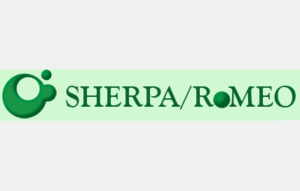EFFECTS OF CYPERMETHRIN AND MONOSODIUM GLUTAMATE ON SELECTED NEUROBEHAVIOURAL PATTERNS AND BIOMARKERS OF OXIDATIVE STRESS, LIVER AND KIDNEY FUNCTIONS IN WISTAR RATS
Cypermethrin (CYP), a widely used pyrethroid insecticide, and monosodium glutamate (MSG), a common dietary additive, have both been implicated in neurotoxicity, oxidative stress, and organ dysfunction. However, little is known about their potential interactive effects when concurrently present in biological systems. This study evaluated the effects of single and combined exposures to CYP (80 mg/kg/day) and MSG (5 g/kg/day) on neurobehavioral performance, oxidative stress biomarkers, and liver and kidney function indices in male Wistar rats. Twenty-eight rats were divided into four groups and treated orally for 14 days. Behavioral assessments (locomotion, excitability, depression, motor strength, and autonomic responses) were performed, followed by biochemical evaluations. CYP exposure significantly reduced locomotor activity, excitability, and grip strength, whereas MSG increased excitability and grip performance. Combined treatment produced intermediate behavioral outcomes, suggesting modulatory interactions. Biochemically, CYP induced lipid peroxidation (elevated MDA) and enhanced antioxidant enzyme activities (CAT, GPx), while MSG predominantly elevated liver enzymes (AST, ALT) and renal markers (urea, uric acid). Interestingly, combined exposure attenuated CYP-induced oxidative stress and restored liver enzyme activities toward control levels but produced mixed effects on renal function. These findings highlight both antagonistic and additive interactions between CYP and MSG, with implications for populations concurrently exposed through diet and environment. The study underscores the need for risk assessments that consider combined exposures to dietary additives and environmental toxicants.
Keywords: Cypermethrin, Monosodium glutamate, Neurobehavioral alterations, Oxidative stress, Liver function, Kidney function, Toxicological interaction




















